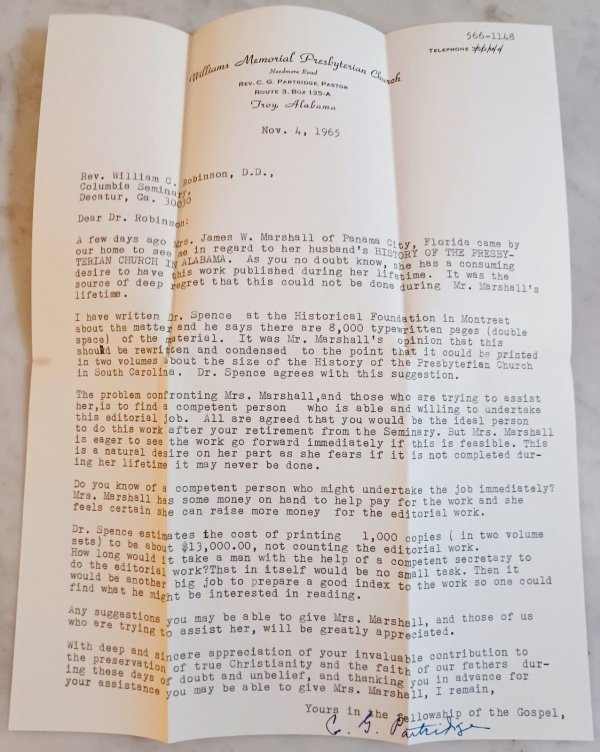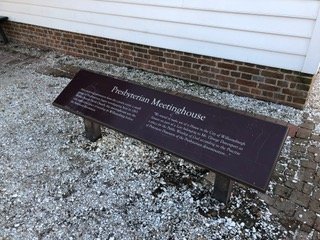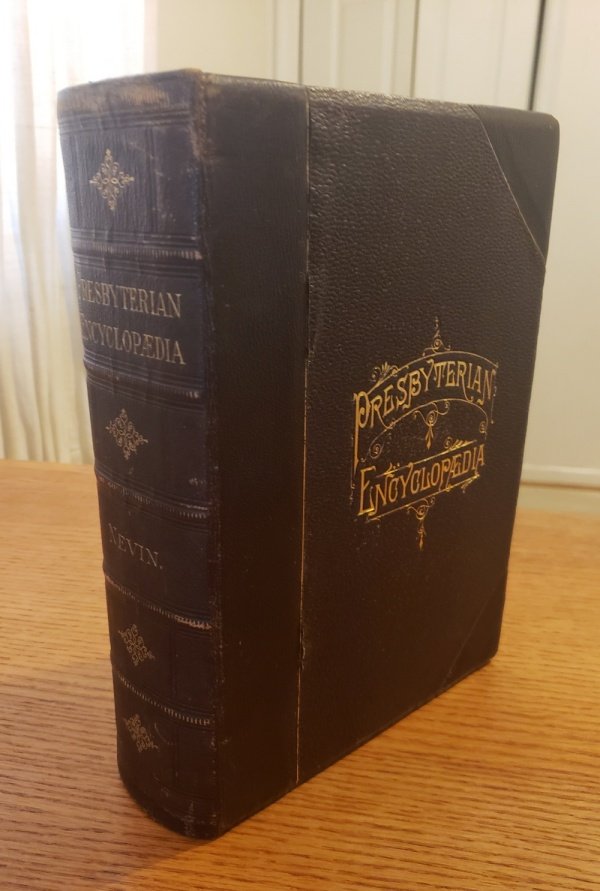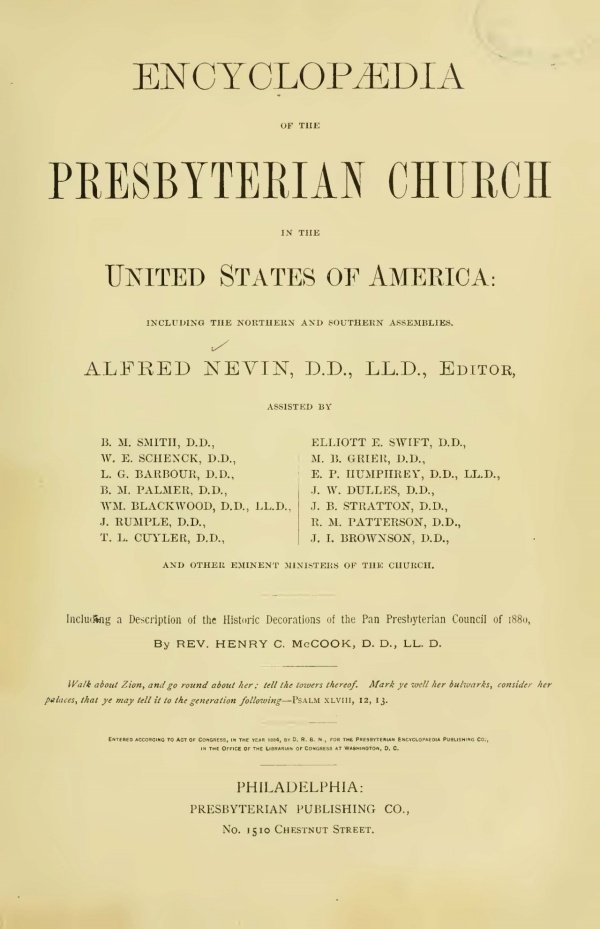Receive our blog posts in your email by filling out the form at the bottom of this page.
One of the great leaders of the early American Presbyterian church, John Witherspoon, was born 300 years ago, on February 5, 1723. We remember him as a minister, a President of the College of New Jersey (Princeton), a Founding Father of the United States of America, and as moderator of the first General Assembly of the Presbyterian Church in the United States of America (PCUSA).
Witherspoon was born in the village of Gifford, Scotland, where John Knox was also born two centuries before. He went on to attend the Haddington Grammar School, and later graduated from the University of Edinburgh with a Master of Arts in 1739, where he continued his studies in theology. He received an honorary doctoral degree in divinity from the University of St. Andrews in 1764. He ministered in Beith, Ayrshire (1745–1758), where he married Elizabeth Montgomery (they had ten children, with five surviving to adulthood), and at the Laigh Kirk, Paisley (1758-1768).
After declining the first invitation in 1766, Witherspoon accepted the second invitation to serve as President of the College of New Jersey in 1768. Already well-respected as a theologian and author on this side of the pond, Witherspoon became an important voice in American ecclesiastical affairs, and in the political realm as well.
He taught moral philosophy and other subjects at Princeton. He helped to organize the Nassau Presbyterian Church there, and he served in the Continental Congress as a delegate from New Jersey, and as chaplain, and signed both the Declaration of Independence and the Articles of Confederation. He preached a famous fast-day sermon called The Dominion of Providence Over the Passions of Men (1776), which includes these memorable words:
If your cause is just, you may look with confidence to the Lord, and intreat him to plead it as his own. You are all my witnesses, that this is the first time of my introducing any political subject into the pulpit. At this season, however, it is not only lawful but necessary, and I willingly embrace the opportunity of declaring my opinion without any hesitation, that the cause in which America is now in arms, is the cause of justice, of liberty, and of human nature. So far as we have hitherto proceeded, I am satisfied that the confederacy of the colonies has not been the effect of pride, resentment, or sedition, but of a deep and general conviction that our civil and religious liberties, and consequently in a great measure the temporal and eternal happiness of us and our posterity, depended on the issue. The knowledge of God and his truths have from the beginning of the world been chiefly, if not entirely confined to those parts of the earth where some degree of liberty and political justice were to be seen, and great were the difficulties with which they had to struggle, from the imperfection of human society, and the unjust decisions of unsurped authority. There is not a single instance in history, in which civil liberty was lost, and religious liberty preserved entire. If therefore we yield up our temporal property, we at the same time deliver the conscience into bondage.
In his later years, Witherspoon married for a second time and had two more children. He was elected as the moderator of the PCUSA General Assembly in 1789. He wrote the preface to the 1791 Isaac Collins Bible, the first family Bible published in America. He died at his farm Tusculum, just outside Princeton, in 1794, and was laid to rest at Princeton Cemetery.
Statues have been sculpted in his honor on both sides of the Atlantic and may be found in Washington, D.C., at Princeton University, at the University of the West of Scotland in Paisley, and at the Presbyterian Historical Society in Philadelphia. Witherspoon is remembered today as a man whose ideals included personal piety, ecclesiastical purity, and civil liberty, and who left his mark on the course of American and Presbyterian history. We honor him today as a man who contributed much to the shaping of the Presbyterian church, and whose legacy has left its mark on the whole world for good.






































